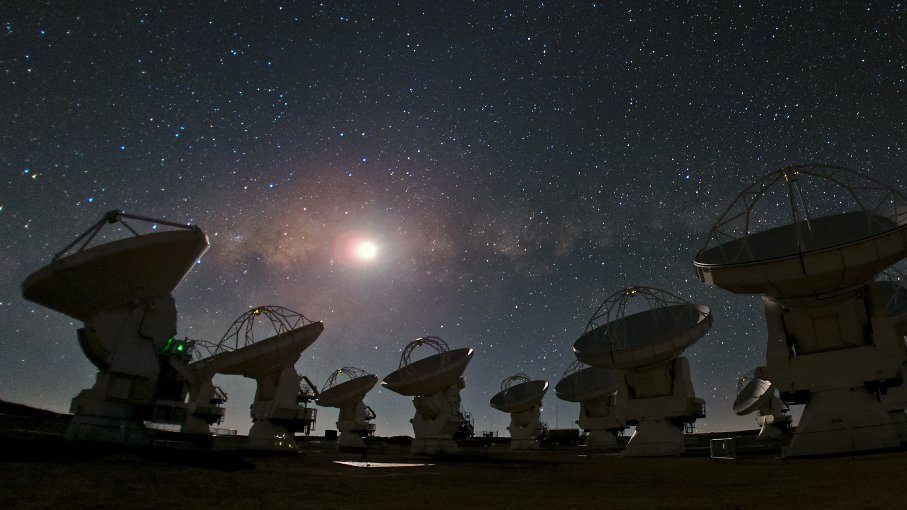USDA Releases 2009 Cropland Data Layering Images

The USDA National Agricultural Statistics Service (NASS) has released cropland data layering (CDL) satellite images for 2009, and this time around, they covered almost the entirety of the US of A: 47 of the lower 48, to be exact. Florida, it seems, couldn’t get its certified farm data papers together in time to join in on the fun, but may be on the bandwagon come spring. The NASS’s CDL images will be a handy, now enhanced, tool for those who monitor agricultural water use and carbon emissions, crop rotation, and other ag-related environmental and business trends.
Excited to find out how much rain Portland gets (incase I ever move there), or maybe to find out how much of Oregon really grows sugar beets, I did a “quick state” search and was given a long list of “products” available on the state, ranging from land cover images to “digit watershed boundary dataset” to soil surveys to temperature data sets. Data galore. The site even boasts cropland metadata on the above topics, which, the USDA helpfully explains, is “data about data.” The site goes on to elaborate cryptically: “The creation of the metadata is the responsibility of the data stewards. The Gateway team is investigating available technology for generating the metadata files directly from the existing databases in an automated method.”
As it turns out though, you’ve got to pay for these images; my adventure in Oregonian croplands exploration ended prematurely, and I never did get to click on a pretty map of the state’s sugar beet layout. Fancy governmental geospatial satellite imaging on croplands is, apparently, not for the merely curious. In any case, farmers, agribusinesses, government agencies, and academics with a need for data about various aspects of cropland use now, happily, have access to more of that data, and even to more data about that data.
Presumably, the fact that the new data is available on the USDA’s Natural Resource Conservation Service website means that the tool is intended to increase resource conservation, rather than just boost business – always a nice goal.





